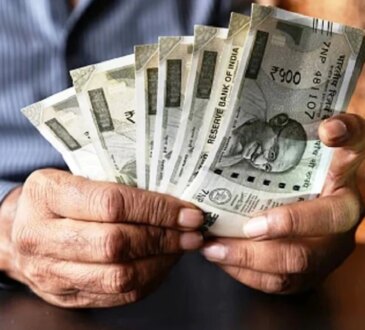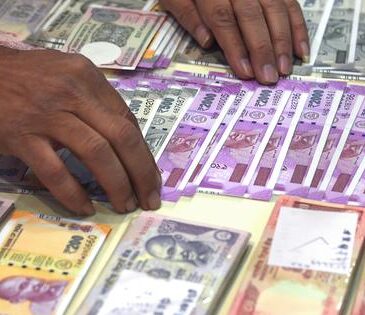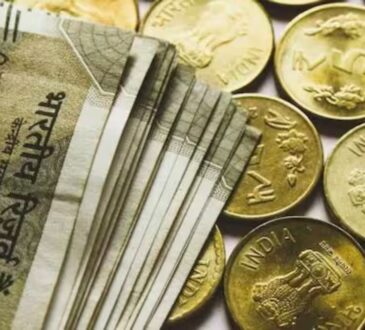[NEW YORK] Some Chinese exporters are speeding up the conversion of their US dollar income into yuan on bets the worst of the tariff-led loss in the local currency may be over.
In a Bloomberg survey of 18 Chinese exporters this month, all of them said they’d already converted, or will immediately switch, their greenback holdings into the yuan, as they see the current yuan exchange rate of around 7.3 per US dollar as favourable.
The companies in sectors ranging from furniture, ceramics, decorative lighting, and gardening to garments were interviewed at the Canton Fair in Guangdong province earlier this month. They had an annual export revenue ranging from US$10 million to US$300 million.
Exporters’ move to switch out of the greenback is in contrast to their strategy since late last year of hoarding US dollars on concern that US tariffs on China will weaken the yuan. Those bearish yuan wagers may have already played out as the currency fell to the weakest level since 2023 following Washington’s move to impose tariffs of as much as 145 per cent on Chinese goods this month.
“The yuan is unlikely to fall much further as 145 per cent US tariffs is the worst thing, nothing will be worse than this,” said Albert Zhai, chairman of Aroma International Trade, an exporter of Halloween decorations, based in China’s northern province of Liaoning.
Yuan fluctuating around 7.25 to 7.35 per US dollar is beneficial for the company’s cross-border trade, Zhai said.
BT in your inbox

Start and end each day with the latest news stories and analyses delivered straight to your inbox.
The onshore yuan has clawed back some of its losses this month as doubts over US exceptionalism pummelled the US dollar. The yuan rose by as much as 0.2 per cent in both the onshore and offshore markets to around 7.27 on Tuesday (Apr 29), the strongest since early April.
Still, the yuan remains the third worst-performing currency in Asia this year behind Indonesia’s rupiah and the Hong Kong dollar. It’s also near a 21-month low against a basket of its trading partners’ currencies.
Yuan weakness is providing an opportunity for exporters that were holding out of converting their US dollar proceeds to finally act. The cash could come in handy at a time when higher tariffs skim margins, thereby raising the demand for funds to purchase raw materials and pay salaries.
“Chinese exporters may intend to reduce FX exposure given the low visibility of FX trends, shifting away from FX hoarding in the prior year,” Ken Cheung, chief Asian foreign-exchange strategist at Mizuho Bank wrote in a note.
The exporters surveyed said the People’s Bank of China will not allow the yuan to weaken too much. China has defied forecasts for currency devaluation to bolster exports, instead opting to smooth out any market volatility via the daily reference rate for the yuan.
Beijing vowed to provide more support for exporters affected by the US tariffs on Monday as it laid out plans to ensure troubled firms get the loans they need and boost domestic consumption. BLOOMBERG




